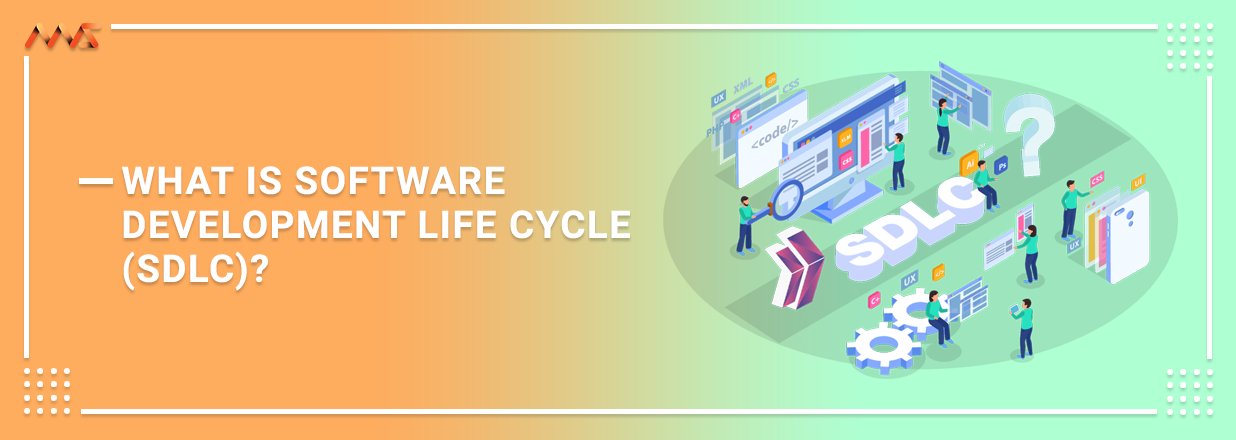IT companies work on challenging tasks. Teams use the Software Development Life Cycle to navigate all the project activities and manage all the steps to produce the outcome. This idea will be examined along with the crucial phases of the product life cycle, the most widely used SDLC methodologies, and their advantages.
The method used by IT businesses to streamline the creation of high-quality products/services is the “Software Development Life Cycle” (SDLC). Its ultimate objective is the timely and cost-effective production and delivery of high-performing software that meets the requirements and preferences of the client.
Although there are numerous potential approaches to the SDLC, we will focus on a typical one in this blog. At martvalley services, we have a standardized SDLC approach that we modify to meet the particular requirements of each development's customer.
How Does SDLC Work?
SDLC entails some critical stages that take place in order. In essence, the life cycle is a requirement for developing high-quality software. The expense and delivery time of the project will be reduced, and the quality of the final product will be improved if the team members can connect it to this life cycle plan.
Various popular SDLC models can be used on projects to satisfy the customer's needs. Ultimately, better, all-encompassing strategies are appropriate for all projects' life cycles. You should consider your resources, the requirements of your target audience, the particulars of the project's industry, and the product characteristics you are developing before selecting the development life cycle model that will work best for your project.
Here's, Software Development Life Cycle
1. Determine The Current Issues.
A strategic method of managing IT that puts the customer's needs first is known as marvalley services. The roles and responsibilities of each person and department regarding IT services are laid out in martvalley services. It is all possible through increased productivity, cheaper costs, and more end-user satisfaction.
2. Proper Planning
To develop a timeline with goals, the project managers/leaders consider the project's requirements, including labor and material expenses analysis. Planning must also consider suggestions from stakeholders or anyone else who will gain from the applications. Establishing the project's boundaries, scope, and purpose is essential to prevent it from straying from those boundaries or changing altogether.
3. Specify the Conditions
The following stage is defining, recording, and getting stakeholder approval on the requirements. Describe the purpose of the application, any features it might have, and any potential obstacles. Resources would also need to be located and included in the project to develop requirements.
4. Design & Prototype
Design and Prototyping SDLC calls for a design process that simulates the operation of the application and various design elements. Some of the components may be: UI, Programming, Security, Communication, Architecture, Platform, etc.
5. Software Development
In this stage of the SDLC, the programme is developed by either a single developer or a big team, with each member working on a distinct aspect of the development.
Waiting for test results or generating code are just two examples of software development process problems that SDLC can foresee and prevent from delaying production.
6. Testing
Since software development is frequently divided into smaller projects finished by different people and teams, applications must be tested continuously to ensure they will work well together. Ensure each function performs as it should and the application's components work well together. As a result, there are fewer bugs that users may experience when using the application, which increases usage and improves user happiness.
7. Deployment
Once testing is done, the programme is deployed to build it accessible to users depending on the complexity and requirements of the app and software. This step of the procedure may be manual or automated.
8. Operations & Maintenance
The final phase involves finding and fixing bugs that slipped through the cracks during testing. It can initiate its iterative process after the application has been launched and used.
Takeaway
The software development life cycle is an excellent process that can help teams develop and deploy software, including necessary fixes, by utilizing best practices & methodologies.
Want to improve the application quality & monitor the application performance at every stage of SDLC? “Hire martvalley services development process for your organization to produce high-quality software.”


